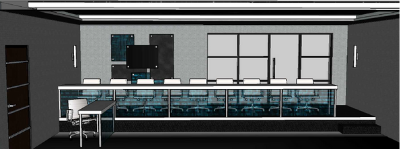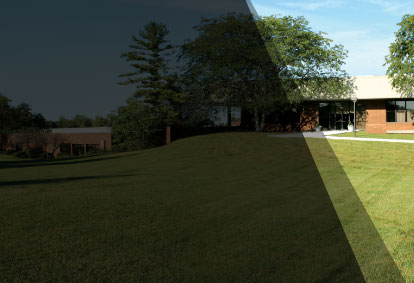Under Construction: ONEIL’s new AR/VR lab

What’s new at ONEIL’s Miamisburg headquarters? Construction of the new AR/VR lab is officially underway as crews work to transform one of our conference centers into a state-of-the-art workshop for augmented and virtual reality product offerings.
Why did we choose to invest in the AR/VR lab? Simple. As experts in the product support field, we’ve spent the last 70 years providing our customers with the information they need, when–and how–they need it. AR/VR technology is a natural extension of that capability, offering the next-gen product support format an evolving workforce demands.
“The work we will perform in the AR/VR lab is a new avenue for getting useful information to people when they need it most. Ultimately, it will allow us to enable real-world use cases to demonstrate how our suite of solutions makes people safer, more productive, and more efficient.” – Armando Monzon, Director of Software Development
It’s easy to see how publications and training managers are benefiting from AR/VR technology:
Meeting new workforce demands: As baby boomers retire at an overwhelming rate, leaders are catching a younger, more tech-savvy labor force up to speed. The millennial workforce was raised on emerging technology in their classrooms and digital devices in their pockets, meaning they’re well-accustomed to interactive learning tools. In fact, it’s fair to say they expect it: 2016 research by Dell and Intel found 82% of millennials are influenced by workplace technology when deciding whether to accept a job in the first place.
Closing the knowledge gap: We already know interactive, self-paced training results in higher comprehension and steeper retention. Do all your technicians have sufficient training and material to support the maintenance and repair of mission-critical equipment? Do they have to gather information from multiple sources? Is work put on hold while they call in experts from other areas? AR/VR closes these costly knowledge gaps, providing better training and real-time troubleshooting for novice and veteran field techs alike.
Reducing risk: AR/VR simulations are a particularly helpful tool for modeling physically challenging tasks or dangerous environments. One use case: UPS leverages VR headsets to help delivery drivers identify road hazards in a controlled and hands-on approach. By removing risk factors from the teaching environment, learners get practical experience that will keep them safe on the job.
Curious to learn more about AR/VR and other ONEIL offerings? Check out this quick augmented reality video or get in touch with our experts.

